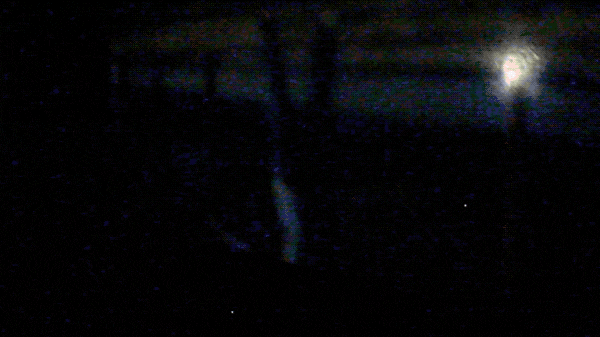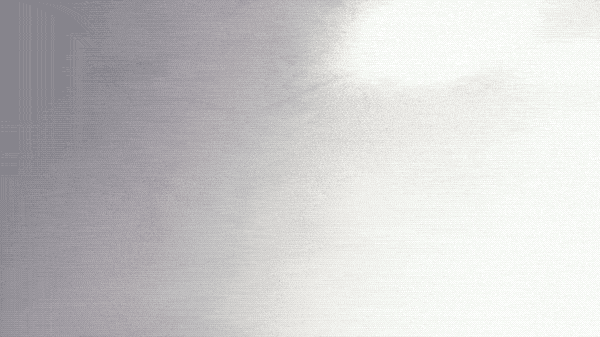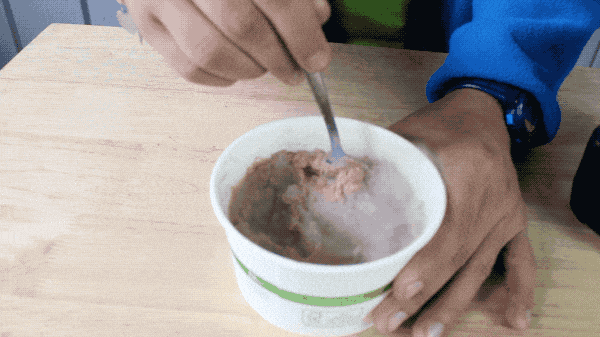
It is no surprise that we experience and use scientific phenomenons every day. But, did you know that our eyes do that too? At camp, we have a science experiment that demonstrates how our eyes take in light. This hole in the wall is a great model for an eye. Your eye has a few major components: cornea, lens, iris, pupil, retina, and macula, to name a few. For our purposes, let us focus on the iris and pupil. The pupil in an eye is basically just a hole. The iris is a muscle that can expand and contract to change the size of the pupil. The purpose of the pupil is to allow light to enter your eye.

So why is the image that is formed upside down? Due to light traveling in straight lines, when the light that bounces off of someone’s head, that same information makes it through the hole. Any other reflection of light will slam into the wall, unable to pass along the data. Same thing goes for light bouncing off of someone’s feet. Because the light is entering through the small hole, it must intersect and thus the image is inverted. However, we don’t see the world upside down. Our brains have adapted to this phenomenon, and flips the images automatically! Our brains are amazing!
Written By: Mimi Garai



